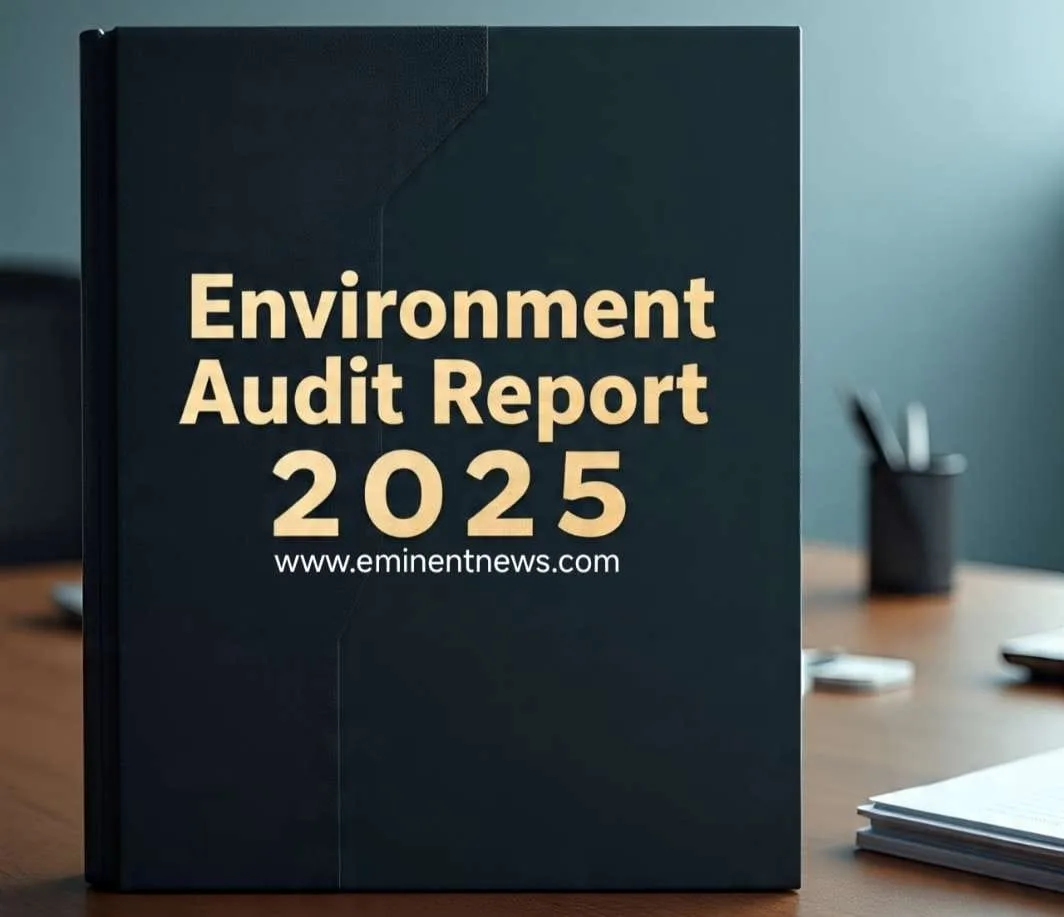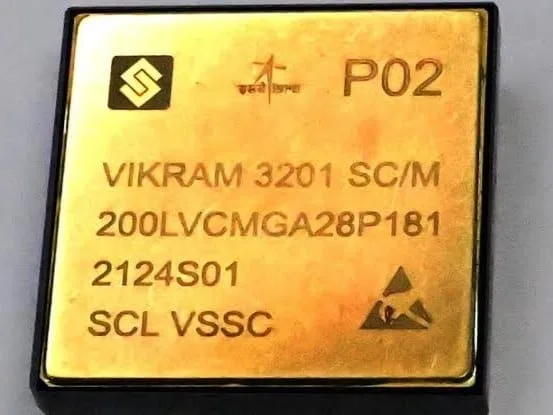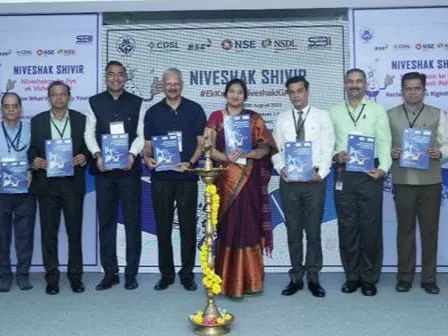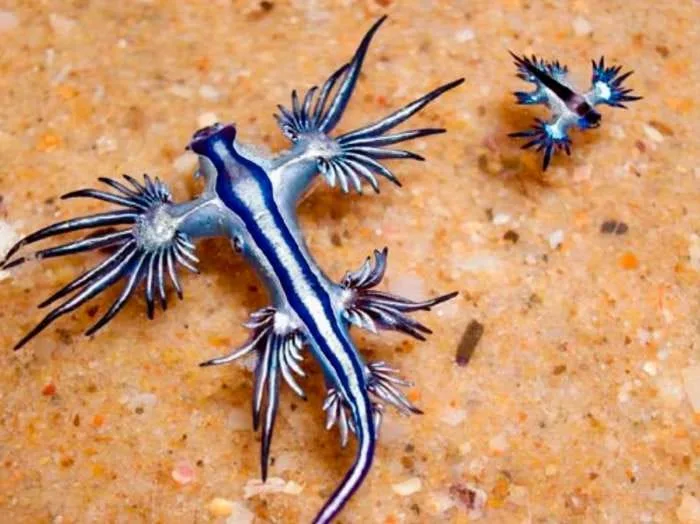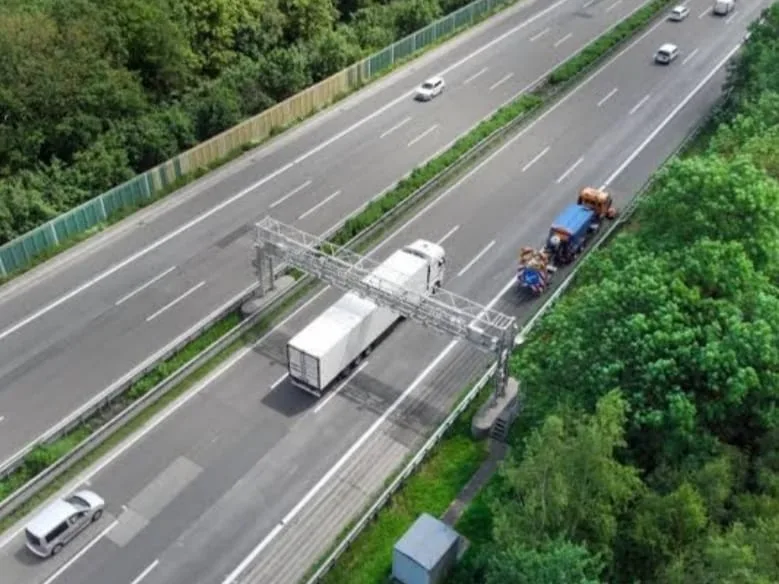China is set to launch the tiawen -2 mission aiming to survey & sample the Near Earth Asteroid 469219 Kamo’s oalewa…China’s Tianwen-2 mission is an ambitious endeavor focused on exploring small bodies in the solar system, specifically a near-Earth asteroid and a main-belt comet ..
- Launch and Trajectory: The Tianwen-2 spacecraft launched on May 28, 2025, atop a Long March 3B rocket from the Xichang Satellite Launch Center . It is currently in a transfer orbit, en route to its first target .
- Primary Target: Asteroid 469219 Kamoʻoalewa: The primary objective is the near-Earth asteroid 469219 Kamoʻoalewa (2016 HO3), a small, rocky body with a diameter of 40 to 100 meters . Tianwen-2 is expected to rendezvous with Kamoʻoalewa around July 2026 . The mission will spend approximately seven months studying the asteroid and collecting samples . The collected samples are expected to return to Earth in late 2027 . Analysis of these samples aims to reveal insights into the asteroid’s origin, nature, and mineral content and to provide valuable comparisons with other asteroids .
- Sampling Methods: The spacecraft will employ multiple sampling methods, including:
- Hover sampling: Collecting samples with a robotic arm while matching the asteroid’s rotation .
- Touch-and-go (TAG): Utilizing a rotating brush head to collect samples .
- Anchored sampling: Using drills at the end of landing legs to press into the asteroid .
- Secondary Target: Comet 311P/PANSTARRS: After returning the asteroid samples to Earth, the Tianwen-2 spacecraft will embark on a six-year voyage to comet 311P/PANSTARRS . The mission aims to study the transitional objects between asteroids and comets .
- Scientific Instruments: Tianwen-2 is equipped with 11 scientific payloads to study both Kamoʻoalewa and 311P/PANSTARRS, including :
- Multispectral and infrared spectrometers for surface composition analysis.
- High-resolution cameras for mapping geological features.
- A radar sounder to probe subsurface structures.
- A magnetometer to search for residual magnetic fields.
- Dust and gas analyzers to examine comet activity.
- Charged particle detectors to investigate solar wind interactions.
- Mission Objectives and Significance: The Tianwen-2 mission has several key objectives :
- Advance China’s planetary exploration capabilities.
- Deepen the understanding of small planetary bodies and their evolution.
- Potentially contribute to planetary defense strategies.
- Provide insights into the origins of life.
- Test technologies for future space resource utilization.
- Advancing Planetary Exploration: The mission will provide China with experience in mission design and operations, particularly in areas such as spacecraft autonomy, navigation, orbit planning, and sampling technologies . Approaching and “orbiting” these small bodies presents unique challenges due to their weak and irregular gravity fields .
- Broader Context: Tianwen-2 is part of China’s broader planetary exploration roadmap, which includes missions focused on astrobiology, habitability, and long-term space science goals, such as a Venus sample return mission and the establishment of the International Lunar Research Station (ILRS) . for space Technology pic Click www.eminentnews.com


